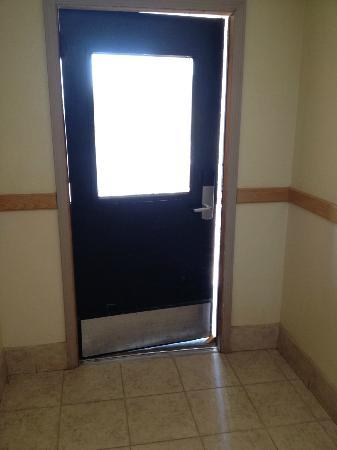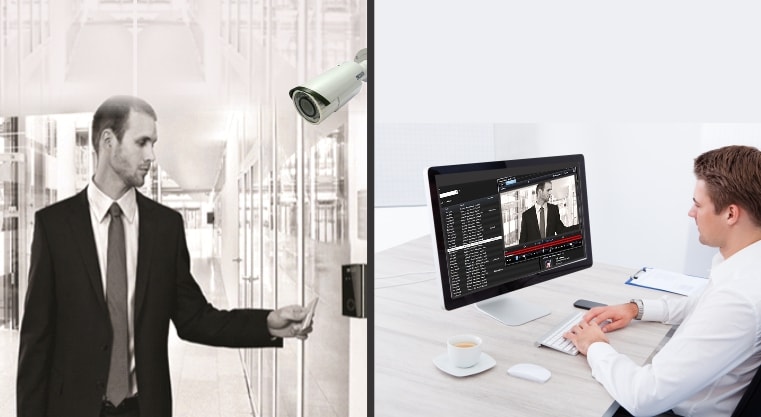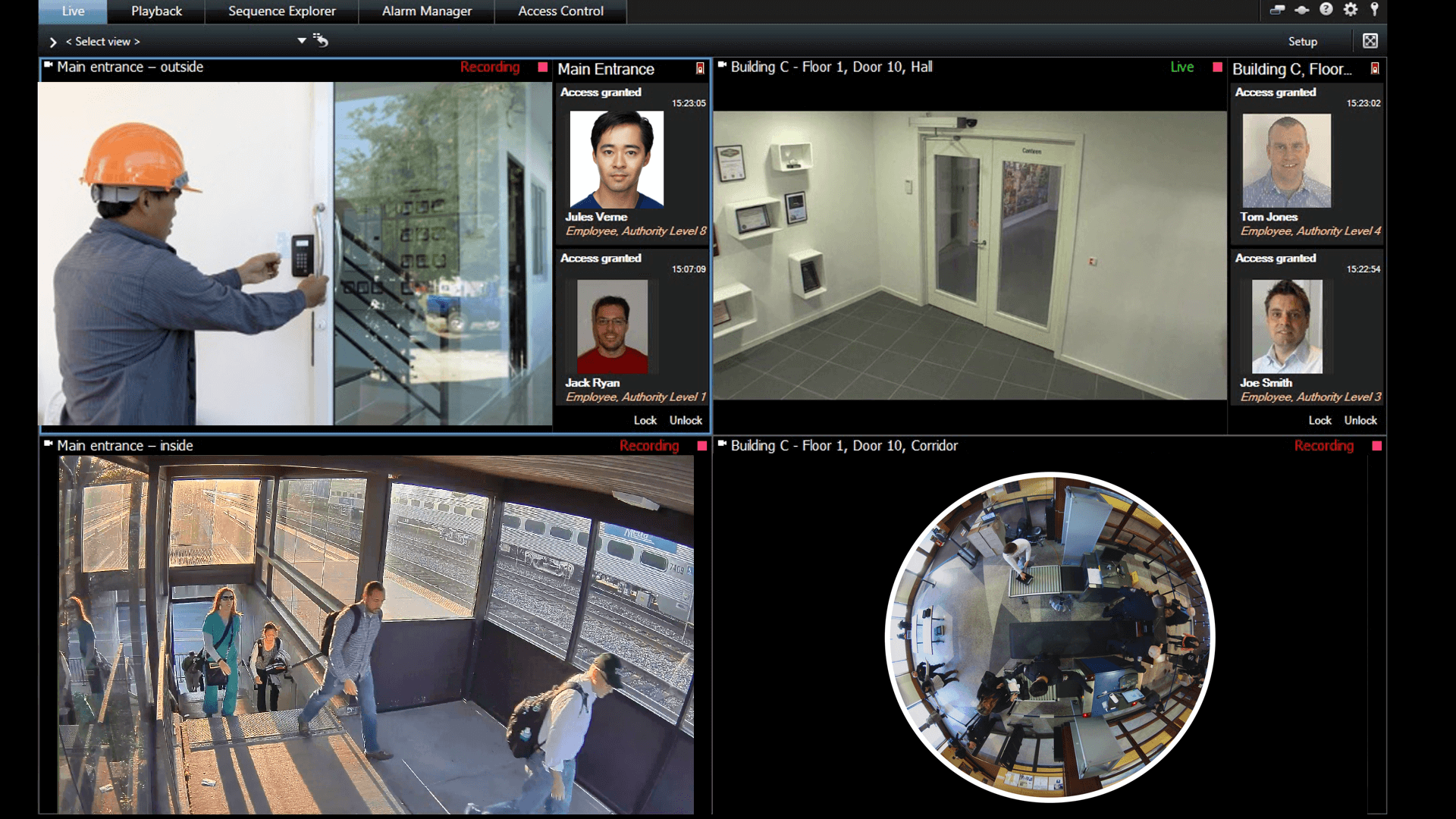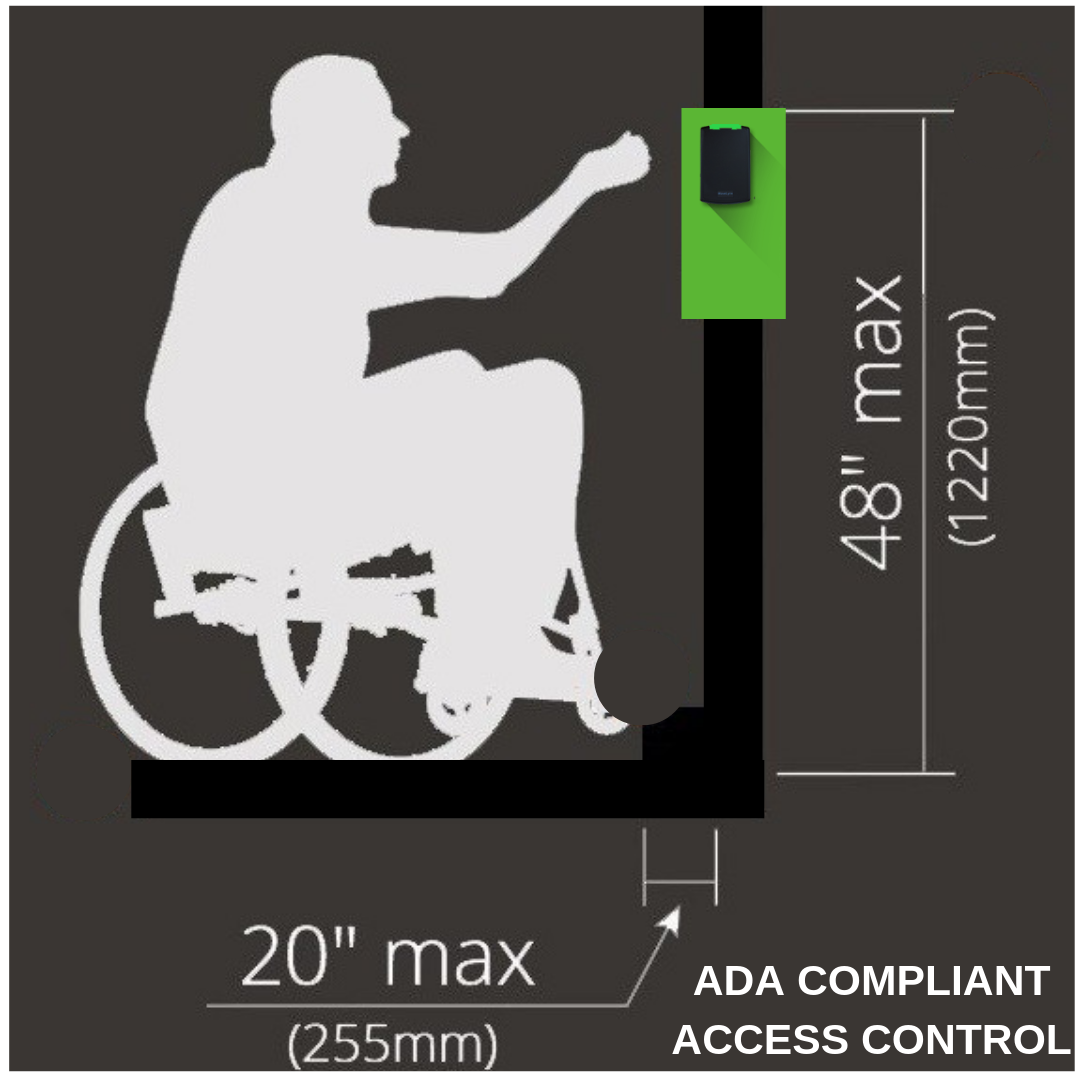Top objectives when designing a Hospital Access Control System
Security for healthcare facilities has become increasingly complex for hospital security personnel. One of the foremost challenges that security directors across all industries, but particularly in the healthcare industry, lie in hospital access control systems.
Security teams serve as the gatekeepers to the highly valuable resources inside the hospital’s walls and computing system. They continually seek the latest innovations that not only promise the highest security, but they must also ensure that new technologies are compatible with existing technologies. Further, security personnel must also be sure that healthcare security cameras and all health security access control measures are compliant with HIPAA Checklist.
Thanks to innovative and dedicated security firms working with in tandem hospital security teams in many cases, the challenges become more evident. By understanding the challenges better via research and anecdotal evidence, our own team has come up with the top 12 keys to security in hospitals, so take a few moments to see if any sound familiar.

1. Determine the Current Healthcare Areas and Facilities That Require Security
Knowing the entire area for which you are responsible to develop and maintain hospital security standards is the foundation of your operations. This point is especially important if your hospital covers a large area, whether covering one building or across several smaller spaces. Always remember to include satellite offices when taking inventory.
2. Assess Your Hospital Security Standards and Systems in Place
A thorough, security-focused walk-through of your hospital interior, as well as the hospital grounds and satellite locations, will give you a solid idea of what your facility needs in terms of type and scope of a security system.
Identify all doorways, elevator systems and more heavily restricted areas to report all your needs to your security firm who will supply you with equipment and installation.
3. Focus First on Card Access Control in Your Healthcare Center
Although your ideal system will be comprehensive, including video surveillance and monitoring, it is crucial that you identify and fortify access points to prevent unauthorized access.
Integrate Video Surveillance with Your Electronic Access Control Systems
Video surveillance software is crucial to your hospital’s security plan, but it does come with its complications, especially when it comes to HIPAA’s privacy regulations.

4. Incorporate Fire Alarm Monitoring into Your Access Control System
Nearly 30 percent of businesses that use an access control system do not incorporate fire alarm monitoring into the system. This gap in security can create hazards that result in the failure of doorways to open in the event of a fire emergency.


5. Select the Best Features of Your Video Surveillance System
There are certain features that are essential to consider when investing in your video surveillance system. A few top features you should focus on include the following…
Region of Interest based search allowing for rapid forensic search investigations.
Access Control & Video Surveillance Direct Integration- allowing for the card user who opens a door credentials to be be reviewed with the integrated surveillance camera verifying the correct credentials.
Produces Forensic Value with a minimum of 12 frames-per-second (FPS) and a minimum of HD (1920x1080p)
6. Include All Exterior Areas Surrounding Your Healthcare Facilities in Your Security Plan
Places like your parking lot or garage, walkways and entryways are all high-risk areas for potential crime, accidents or anything else that the security team should be aware of.
7. Choose Your Card Access Control System
Do you prefer a keyless fob credential or a thumbprint reader? Maybe a card access control system would work best in your facility.

8. Avoid Using Proprietary Hardware and Software in Your Card Access Control System
9. Fail-Secure Locks Are a Crucial Feature of Keyless Entry Door Access
10. Search for Keyless Entry Door Access Systems That allow for Special Access Considerations
11. Are you’re Proximity Card Readers mounting height ADA Compliant?

12. Make Sure Your Hospital Security System is Scalable to Meet Your Organization’s Growing Needs
Video Surveillance Storage has capacity to store video long-term with redundancy
Video Surveillance Software Licensing is scalable camera by camera
Access Control Relays (AKA "Door Controller") is not reliant on 1-to-1 ratio: 1 controler per 1 door. Make sure your controllers have capacity for growth
Adaptation and Integration for Today’s Healthcare Organizations
There are many additional keys to security, but these are some of the most pressing, in our experience. Top security firms will always scour your business, from top to bottom and all around, to determine the best security strategy for your healthcare facility.
Each hospital layout, as well as its vulnerabilities and risk factors, is unique and requires keen eyes and innovative minds that specialize in security solutions to protect patients, staff, visitors, delivery personnel, the hospital’s resources and grounds, and the security team itself.

